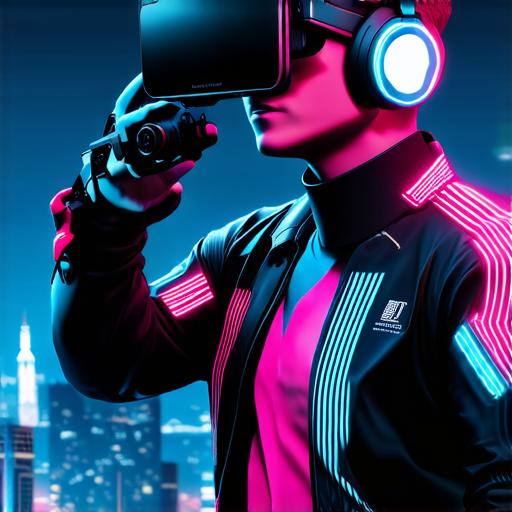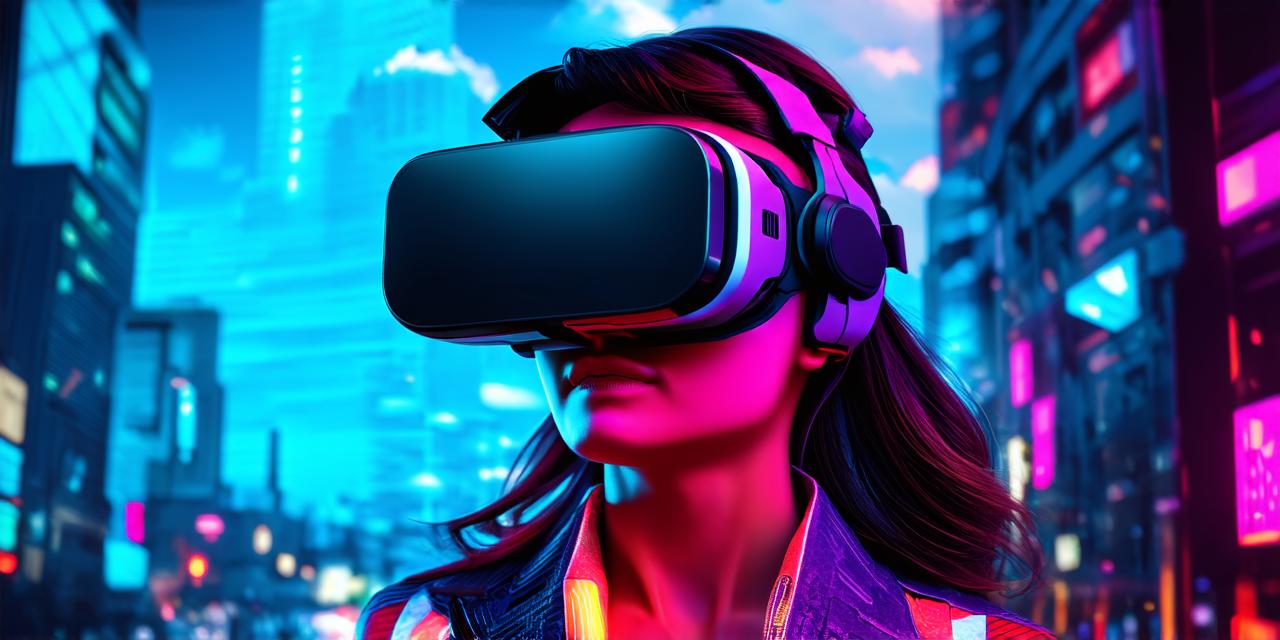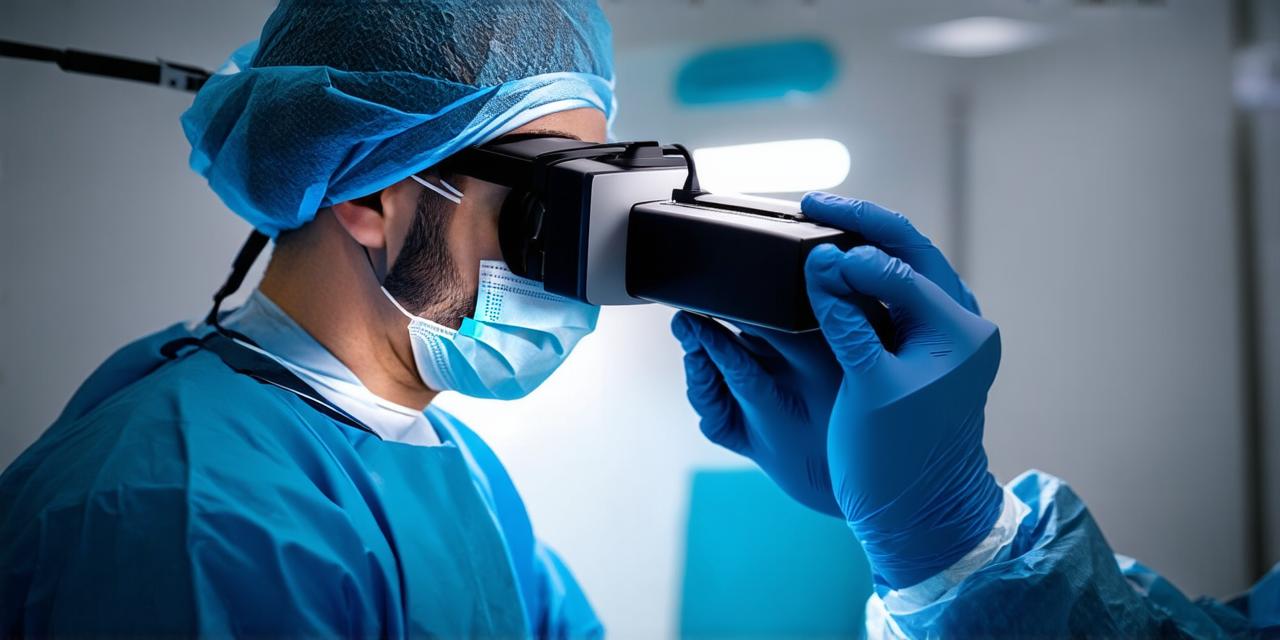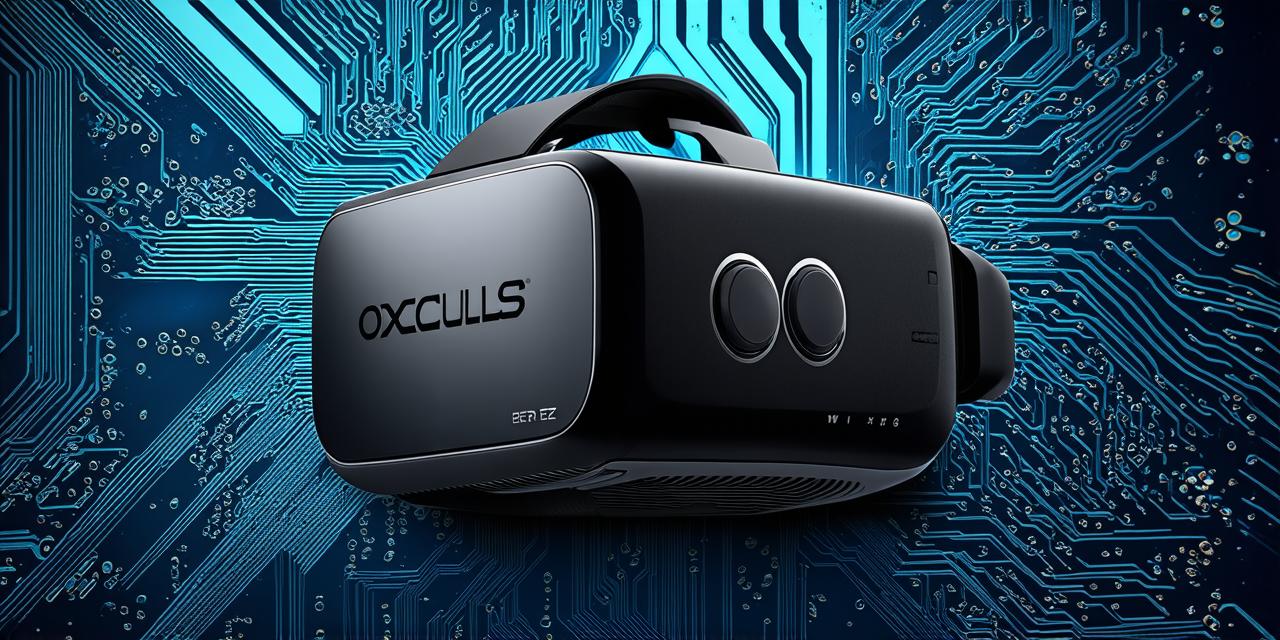What is Virtual Reality?
Virtual reality is a technology that creates an artificial environment or simulation that can be experienced through special headsets or other devices. It combines computer-generated graphics with motion tracking to create a three-dimensional world that feels as if it’s real. VR was first invented in the 1960s, but it wasn’t until the 21st century that it became mainstream. Today, VR is being used in a wide range of industries, from gaming and entertainment to education, healthcare, and more.
How does Virtual Reality work?
Virtual reality works by using sensors and cameras to track your movements in real-time. This information is then used to create an immersive environment that responds to your actions. The most common way to experience VR is through a headset, such as the Oculus Rift or HTC Vive. These headsets use displays to show you a three-dimensional world and track your head movements using sensors. They also have built-in cameras that can track your body movements and adjust the environment accordingly. There are also other ways to experience VR, such as through a smartphone or tablet. Many apps and games now offer virtual reality experiences that can be experienced through these devices.
Exciting Applications of Virtual Reality
Virtual reality has many exciting applications across a wide range of industries. Here are just a few examples:
- Gaming – Virtual reality is revolutionizing the gaming industry. With VR, you can immerse yourself in a game like never before, becoming a part of the action. You can explore new worlds and interact with characters in ways that were previously impossible.
- Education – Virtual reality can also be used for educational purposes. It can provide students with immersive experiences that help them learn in a more engaging and interactive way. For example, virtual reality can be used to simulate historical events, allowing students to experience them firsthand. It can also be used to teach science concepts by allowing students to explore the human body or the solar system in 3D.
- Healthcare – Virtual reality is also being used in healthcare to treat a variety of conditions. For example, it can be used to treat phobias and anxiety disorders by exposing patients to virtual environments that trigger their fears. It can also be used to train medical professionals, allowing them to practice surgeries and other procedures in a safe and controlled environment.

FAQs
Q: What do I need to experience virtual reality?
You’ll need a VR headset or other device that supports virtual reality, such as a smartphone or tablet with an app that supports VR.
Q: Is virtual reality safe?
Yes, virtual reality is generally safe when used responsibly. However, it can cause motion sickness in some people, so it’s important to take breaks and avoid overuse.
Q: How much does virtual reality cost?
The cost of VR can vary depending on the device you choose and the level of immersion you want. Entry-level devices like smartphone apps can be free, while high-end devices like VR headsets can cost several hundred dollars.




